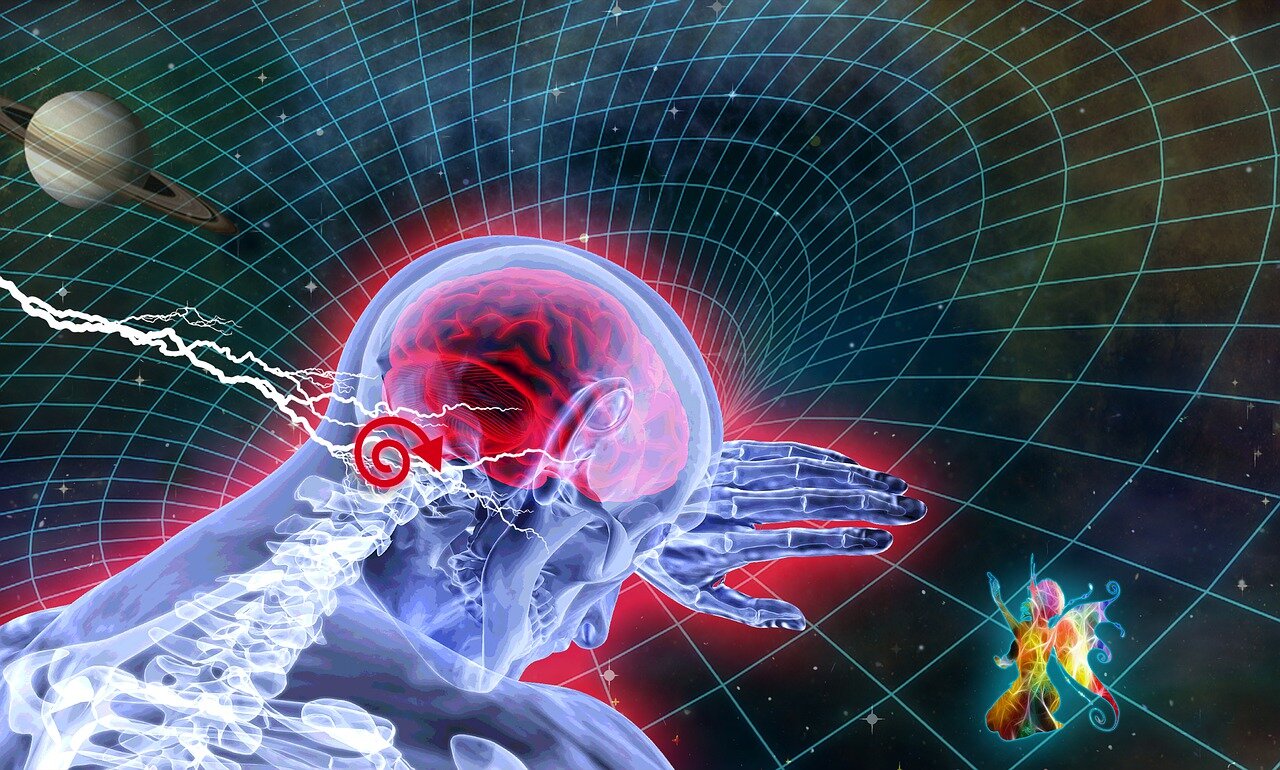Transhumanism's false promisses
By Tom Brasher
In recent years, transhumanism has become an increasingly popular topic. In 2016, Zoltan Istvan ran for US President on a platform of using technology and scientific research in order to make humans immortal. In 2021, Elon Musk’s company Neuralink was able to raise more than $200 million in order to fund research into implanting computer chips into human brains as a way to enhance human cognitive ability. The growth in popularity of transhumanist ideas, coupled with the recent technological advancements have led some to speculate that we may be on the cusp of a transhumanist utopia. But is this proposed utopia truly possible, and is it truly a utopia?
Transhumanism is the idea of using technology to go beyond the natural limitations of the human body. These technologies could be something as simple as a prosthetic limb or a pair of glasses. However, the transhumanist movement is much more ambitious, seeking to utilise technology in order to greatly enhance human strength, intelligence and lifespan and transition into a posthuman society. It is this ambition that is often met with the most scepticism by critics, although it is important to note that transhumanism is comprised of a very diverse range of ideas and that the extent to which individual transhumanists believe that humans can surpass their limits varies wildly within the movement. Even so, critics of transhumanism have noted that some of the movement’s most popular ideas, such as uploading human minds to machines, will most likely never be possible. What’s more, the failure of Neuralink’s recent trials with monkeys has not only cast doubt over the feasibility of transhumanist technologies, but may make people nervous about having these technologies implanted into them, slowing transhumanism’s ascent into the political mainstream.
Secondly, even if the transhumanist vision for the future is possible there is still the issue of accessibility- due to the expense of producing such complex technologies it is likely that they will only be available to those with immense amounts of wealth. When the fact that those with enhancements will be more skilled and therefore prioritised for employment is also taken into account, then we are looking at a future in which the class system is much more heavily entrenched, with little to no room for social mobility. While some transhumanists do argue that enhancement technologies should be readily available to all, this wouldn’t solve the issue that those who don’t necessarily want the enhancements will be forced to get them in order to keep competing in the job market.
Most damningly however, is transhumanism’s links to the eugenics movement. While many prominent transhumanist activists condemn eugenics,there are still many who embrace it. In addition, the guiding principle behind the transhumanist movement, being that science can and must be used in order to improve humanity, is remarkably similar to the philosophy promoted by eugenicists. Some have even argued that the basic idea that humanity can and should be improved is a slippery slope towards eugenics, as whoever gets to decide what aspects of humans that should be ‘improved’
Overall, while transhumanism is an appealing idea on the surface, it cannot live up to its own promises and we should always remember to be sceptical of anything offering simple solutions to complex problems.


